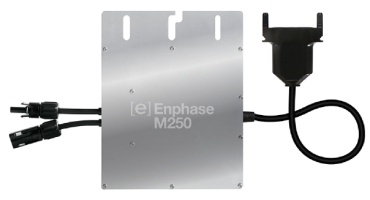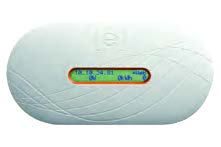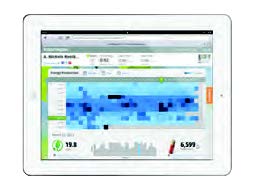AC SOLAR
The future of PV Solar is in the use of micro-inverters to convert the module DC power to AC power at the module and eliminate DC cabling across roofs and into building. The features of microinverters that make them so attractive are;
-
Each module(panel) is managed independently by its own inverter and this maximises the energy production over the lifetime of the module.
-
In an array of modules if one module has less performance than another module, due to manufacturing tolerances, soiling, shade or whatever then the performance of the other modules is not compromised when using a microinverter. This is not the case when using conventional string inverters (one large inverter for a number of panels) where the array performs only as well as the worst performing panel, where if one panel is working at 50% then the entire array of panels only works at 50%. Avoid string inverters.
-
By having one small inverter for each panel the lifetime reliability of the system is significantly improved. If there is an inverter failure (See below about communications) the replacement of that one inverter is simple and not as costly as a large string inverter, and the down time is only for a small part of the system, so the loss of production is minimised.
-
The most IMPORTANT feature of microinverters is the communications they provide and the ability to assess the performance of each individual module/inverter combination. In the case of the Enphase microinverter system it is possible to evaluate the voltage, current, power at any point in time, energy produced over the lifetime of each module/inverter unit and compare that unit to the other units that make up the entire system.
-
The only DC power lines in a microinverter system are the short lines, less than 1m long, from the module to the microinverter which is mounted under the module. The elimination of high current DC power lines significantly reduces the risk of fire and breakdown of isolation switches and other componentry.
At present the cost of microinverters adds about 10% to 20% to the cost of a PV Solar system and this cost differential is such that commercial installations, say greater than 30kw, are normally done using string inverter technology, mainly because the return on investment is more critical and a significant maintenance is required anyway. Needless to say microinverters are becoming cheaper and their use for larger and larger projects is now happening.
THE ENPHASE MICROINVERTER SYSTEM
There are approximately 20 microinverter systems currently in use or being developed around thee world. The dominant system which has approximately 70 to 80% of the world market is by ENPHASE, an American designed system. This system is clearly the world leader and is the system recommended by TENERGY AUSTRALIA.
How does it all work? Refer this brochure showing the relationship between the main componets of the Enphase system, How Enphase Works.
Refer this article on the Enphase Enlighten System.
Refer this article for the Enlighten Screen
Refer this brochure on Enphase Inverters.
Refer this brochure for an Enphase Case Study- for an Adelaide Family.
Refer this article for an Enphase Case Study for an Aged Care Facility.












